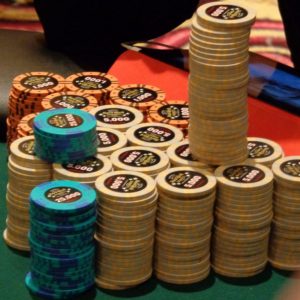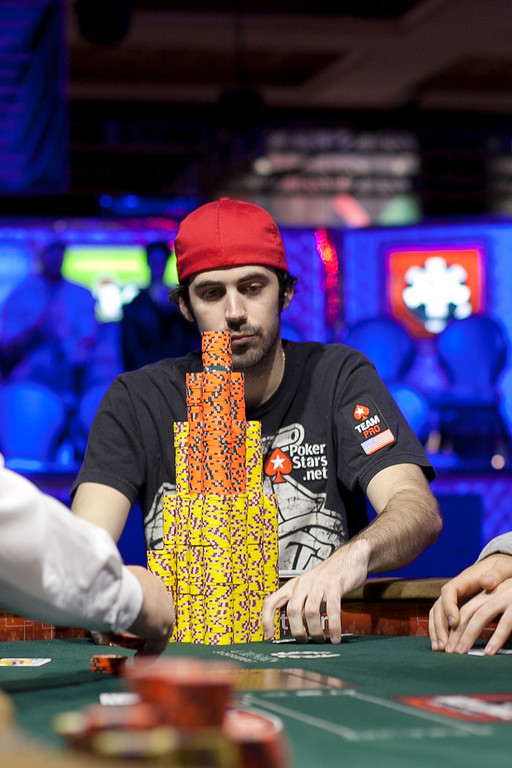Beginner Tips for Playing Slow Structure Poker Tournaments

Poker tournaments outside of the cheap daily tournaments at most local casinos are becoming better structured, thus giving more play and giving better players a distinct advantage. With this change from fast structured crapshoots, players have to change their style a bit. Here are some beginner tips for playing slow structure NL Hold’em tournaments.
Play a Cash Game Style in Early Levels
When you play in cash games, your objective is to win chips by pushing your edges and grind things out. In the early stages of a poker tournament, your objective should be the same.
What this means is that you will play more pots than what you are normally accustomed to in tournaments. However, you are not playing just any garbage. Think about the hand ranges that you would play in a standard $1-$2 cash game and expand on that. Since you will not get to the money until the later levels, you need to do what you can to build chips so you can make a deep run in the event.
Take More Risks Early
Getting deep in tournaments is all about getting chips to push players around with. Early on in tournaments, everyone is on relatively even ground so those that can get chips early can push other players around.
You can do this in a couple of ways. Some like to play the table bully and take control of the action. This often results in players building a big stack against weaker players at the table.

Jason Mercier takes risks early and can build a monster stack.
The other option is to sit back and pick off the table bully and other aggressive players at the table. When you get a big hand against one of these players, extract maximum value to build some chips early.
Finding spots to double-up or win big pots early can help give you this edge over players. As the levels go along, chips become much more valuable. High risk play early to get a stack of chips can pay off.
Take Advantage of the Nits
Too many players play with scared money early on in tournaments. They are too afraid to make the plays to build stacks and end up leaving themselves open to being exploited. These players will be the nits at the table that pretty much will only play with solid hands early on. Feel free to attack these players to build your stack.
In the first couple of levels, you will be able to spot the nits at the table. Once you have them pegged, start attacking their blinds and putting pressure on them. Of course, be careful if they are playing back and showing strength.
Loosen Up in the Big Blind
A lot of players tend to not defend their big blind against a late position raiser, preferring to get out of the way rather than take a risk against someone in position. However, considering that a late position raiser is probably raising with a wide variety of hands, you can make some calls in the big blind to bluff at the pot.
For example, when you call in the big blind you can bet out or even check-raise on a good number of flops regardless of whether you hit. Sometimes you will take the pot there and sometimes you will have to fire on the turn.
By the time the river comes around, you will probably have a good idea of whether your bluff will work or if your opponent has a hand. Of course, there are times where you will call in the flop and catch. In those instances, you can value bet at will.
Continuation Bet More Often
A play you should already have in your arsenal is the continuation bet. However, many players fail to use it frequently enough. When you raise pre-flop, often you will win a pot on the flop with a continuation bet.
Even if your bet doesn’t take down the pot, the bet can help you put your opponent on a hand. When you raise pre-flop and fail to continuation bet consistently, you will start to be targeted and players will begin to play back against you in later levels. Continuation bet regularly to protect your image.
